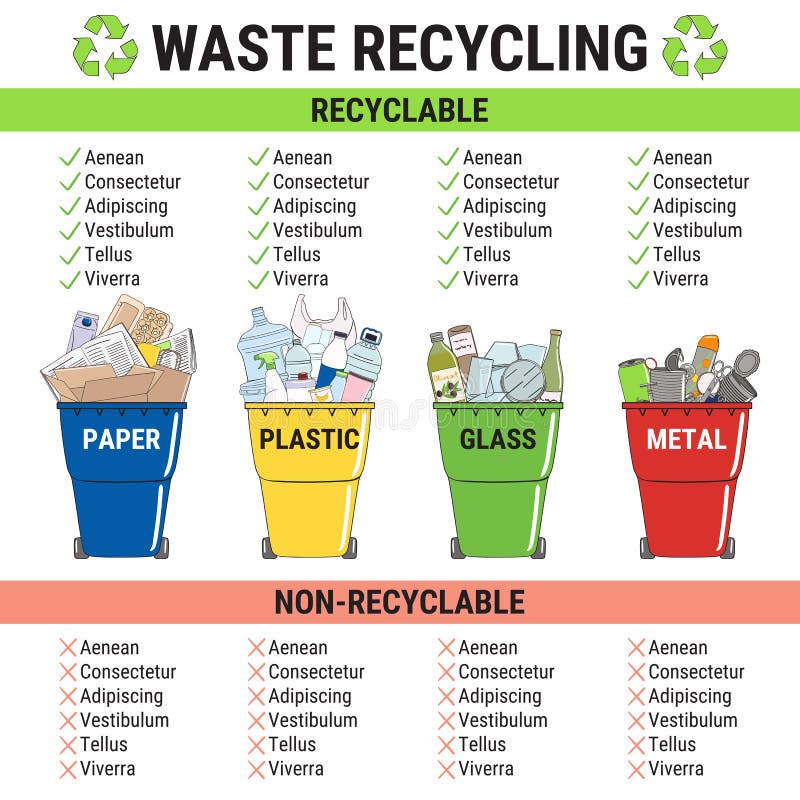Recycling Presentation
| Introduction to Recycling | ||
|---|---|---|
| Recycling is the process of converting waste materials into reusable materials. Recycling helps conserve natural resources and reduces the need for raw materials. By recycling, we can reduce pollution and landfill waste, benefiting the environment. | ||
| 1 | ||
| Benefits of Recycling | ||
|---|---|---|
| Recycling conserves energy by reducing the need for extracting, refining, and processing raw materials. Recycling reduces greenhouse gas emissions that contribute to climate change. Recycling helps protect wildlife and their habitats by minimizing the destruction of natural resources. | ||
| 2 | ||
| Types of Recyclable Materials | ||
|---|---|---|
| Paper: Newspapers, magazines, cardboard, and office paper can all be recycled. Plastics: Bottles, containers, and packaging made from plastic can be recycled. Metals: Aluminum cans, steel, and copper can all be recycled and turned into new products. | ||
| 3 | ||
| Recycling Process | ||
|---|---|---|
| Collection: Recyclable materials are collected from households, businesses, and public places. Sorting: The collected materials are sorted based on their type and quality. Processing: The sorted materials are processed to remove impurities and transform them into usable materials. | ||
| 4 | ||
| Recycling Tips | ||
|---|---|---|
| Always check if an item is recyclable before throwing it away. Rinse and clean recyclable materials to avoid contamination. Reduce and reuse whenever possible to minimize the amount of waste that needs to be recycled. | ||
| 5 | ||
| Conclusion | ||
|---|---|---|
| Recycling is an essential practice to protect the environment and conserve resources. Everyone can contribute to recycling efforts by adopting responsible waste management habits. By recycling, we can create a sustainable future for generations to come. | ||
| 6 | ||





